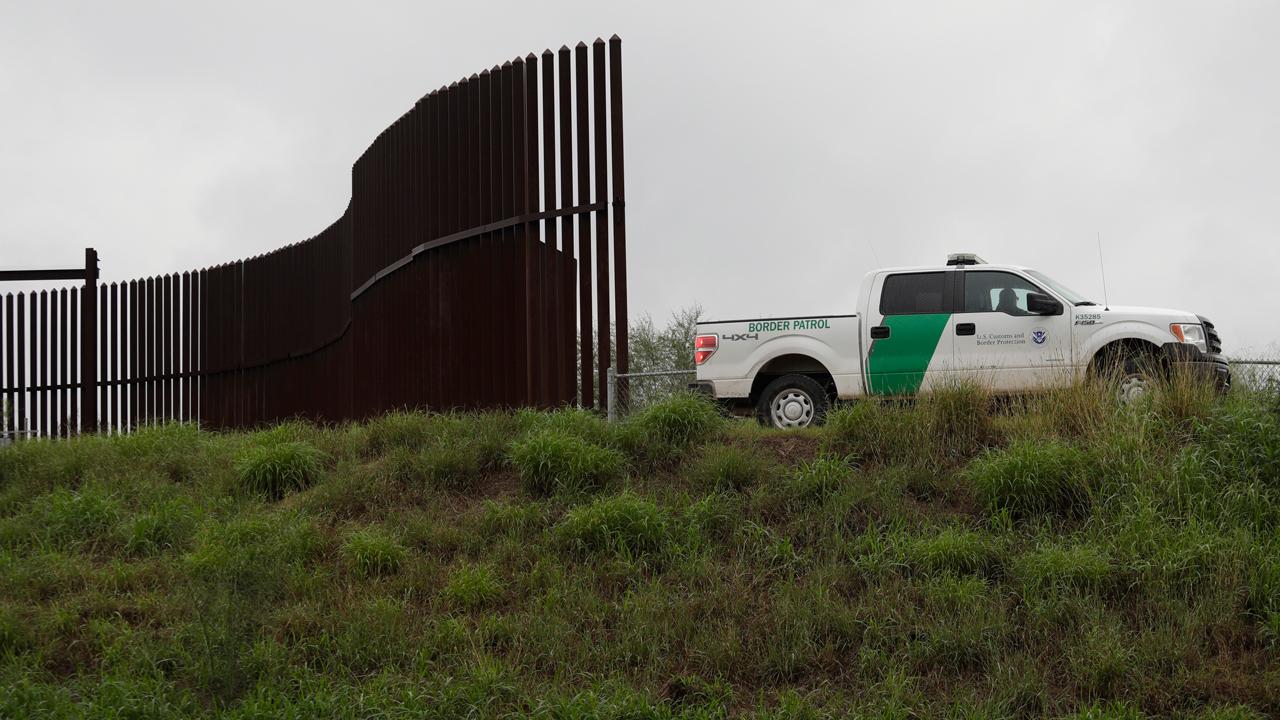Partial government shutdown: Here's what happens
An eleventh-hour fight over funding for President Trump’s border wall threatened to partially shut down the government on Friday, as lawmakers scrambled to agree on a bill the president would sign before the midnight deadline.
On Thursday, Trump refused to sign a temporary spending bill to keep the government funded through February. The measure, which did not include funding to build a wall along the country’s southern border, was already approved by the Senate. However, House Speaker Paul Ryan said the president would not sign the bill without the $5 billion requested for the wall.
Democrats will take over the House next year, which would create an even larger battle over border wall funding. when the continuing resolution was scheduled to expire in Feb 8.
On Friday, Trump told reporters that it was up to the Democrats “as to whether or not we have a shutdown tonight.”
Funding for some federal agencies will expire at midnight on Friday.
Here’s a look at who would be affected, and how, if the government were to partially shut down.
What is closed?
If the government shuts down completely, most federal operations come to a halt because the government loses its authority to spend money. The services that continue are those that are essential to national security and health. For example, veterans’ hospitals usually remain open.
Fewer closures result from a partial shutdown, but the Departments of Homeland Security, Agriculture, Transportation, State and Justice stand to be affected.
The Postal Service will continue delivering mail and Social Security beneficiaries will continue receiving checks.
National parks will remain open, though most employees won’t be sent to work, as reported by Bloomberg.
All workers who are employed at places that are shut down will be furloughed.
It can be costly
The government shutdown in 2013, which lasted 16 days, cost the U.S. an estimated $24 billion, according to Standard & Poor’s. That breaks down to about $1.5 billion per day. The ratings agency also estimated at the time that it had a significant impact on GDP during the quarter in which it occurred.
Obviously a partial shutdown would have a much lesser economic impact. However, House Majority Leader Nancy Pelosi cautioned Americans could still feel the impact.
“The Trump Shutdown is something that can be avoided, that the American people do not need at this time of economic uncertainty, people losing jobs, the market in a mood and the rest,” she said in a statement. “It is a luxury. The Trump Shutdown is a luxury that the American people cannot afford.”
Money is lost in productivity, government services and money can also be lost in the form of delayed contracts.
Who doesn’t get paid?
Furloughed workers don’t get paid when the government is shut down, though they generally receive back pay once things are up and running again. The 2013 government shutdown impacted about 850,000 federal employees, or 40 percent of the government’s civilian workforce.
A partial shutdown would affect an estimated 400,000 federal employees, according to Bloomberg, who would work without pay. About 350,000 would be furloughed.
Meanwhile, members of Congress will continue getting paid because they are not subject to furlough. However, some choose to forego their paychecks. It is also forbidden for the president to be denied a salary during any time in office. While Trump has said he would not take a salary during his tenure, he does donate it.




















